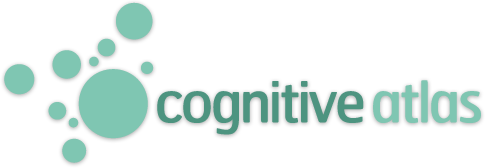Change Detection Task
Unreviewed
The subject is presented with an array, then after a short delay, presented with a second array. In the no-change condition, the second array is identical to the first. In the change condition, the second array differs by a single item. Subjects must identify whether a change has occurred or not, and if so, are often asked to point out the change. Other versions target different sensory abilities, such as auditory change detection or face change detection.
Definition contributed by Anonymous
Definition contributed by Anonymous
Change Detection Task has been asserted to measure the following CONCEPTS
Phenotypes associated with Change Detection Task
Disorders
No associations have been added.Traits
No associations have been added.Behaviors
No associations have been added. CONDITIONS
Experimental conditions are the subsets of an experiment that define the relevant experimental manipulation.
CONTRASTS
In the Cognitive Atlas, we define a contrast as any function over experimental conditions. The simplest contrast is the indicator value for a specific condition; more complex contrasts include linear or nonlinear functions of the indicator across different experimental conditions.
INDICATORS
response time
accuracy
An indicator is a specific quantitative or qualitative variable that is recorded for analysis. These may include behavioral variables (such as response time, accuracy, or other measures of performance) or physiological variables (including genetics, psychophysiology, or brain imaging data).
Term BIBLIOGRAPHY
Does face inversion qualitatively change face processing: An eye movement study using a face change detection task.
Xu B, Tanaka JW
Journal of vision (J Vis)
2013 Feb 18
Xu B, Tanaka JW
Journal of vision (J Vis)
2013 Feb 18
Semantic consistency versus perceptual salience in visual scenes: findings from change detection.
Spotorno S, Tatler BW, Faure S
Acta psychologica (Acta Psychol (Amst))
2013 Feb
Spotorno S, Tatler BW, Faure S
Acta psychologica (Acta Psychol (Amst))
2013 Feb
Working Memory Inefficiency: Minimal Information Is Utilized in Visual Recognition Tasks.
Chen Z, Cowan N
Journal of experimental psychology. Learning, memory, and cognition (J Exp Psychol Learn Mem Cogn)
2013 Feb 18
Chen Z, Cowan N
Journal of experimental psychology. Learning, memory, and cognition (J Exp Psychol Learn Mem Cogn)
2013 Feb 18
